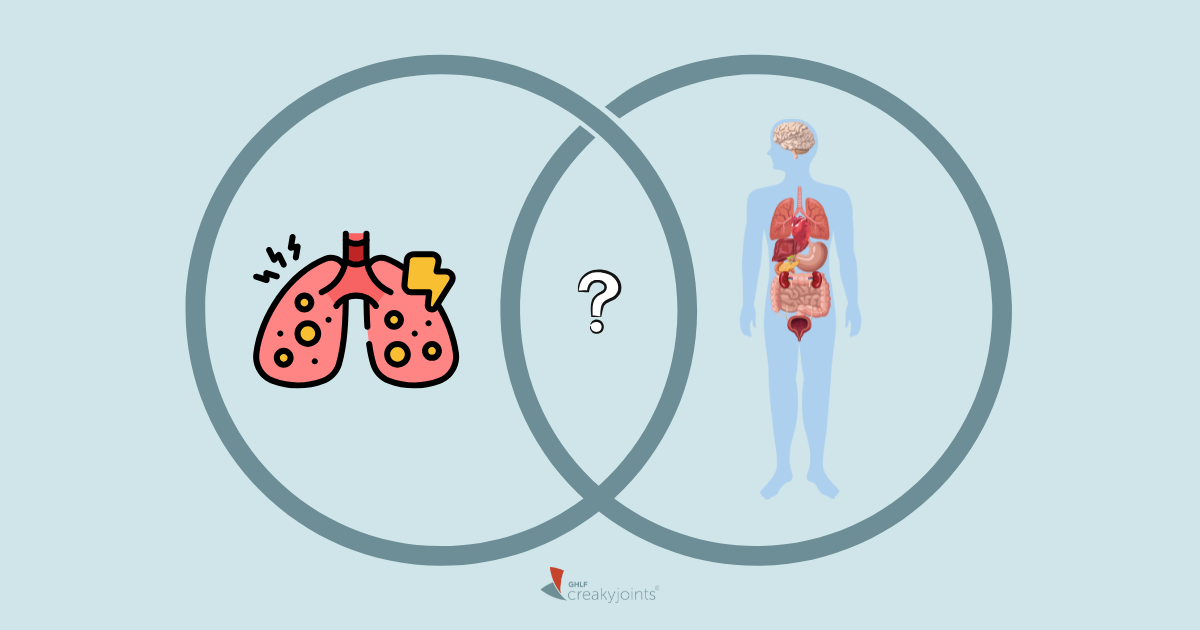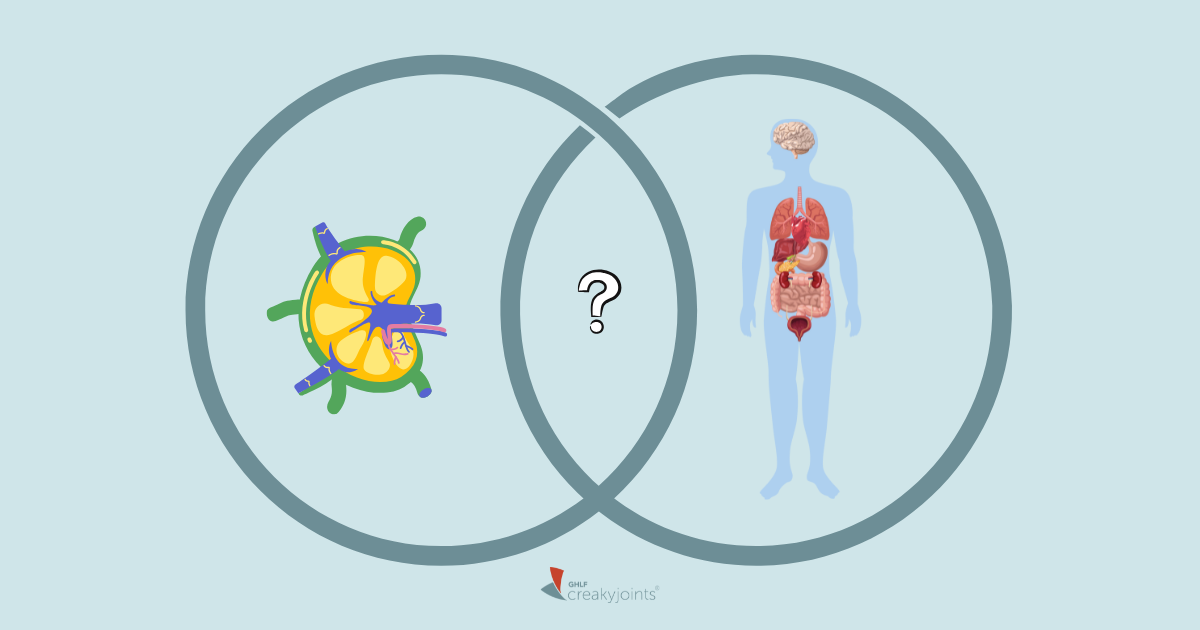If osteoarthritis-related pain and stiffness make everyday activities uncomfortable, you might expect a reprieve once you crawl into bed at night. Many people with osteoarthritis (OA), however, also deal with pain-induced insomnia (sometimes called painsomnia.) But a new study finds that a restful night for OA patients may be a few therapy sessions away — and you can even do it over the phone.
Cognitive behavioral therapy for insomnia (CBT-I) is a well-known treatment for sleeplessness. This targeted treatment, which usually consists of six to eight sessions, is aimed at changing the thoughts and behaviors that may be interfering with your ability to fall asleep and get good quality rest. Relaxation techniques, education about habits that help (or hurt) sleep, and specific strategies (like limiting your time in bed so you’re only there when you’re really sleepy) are all part of the process.
Although CBT-I has been proven to help with general insomnia, a group of researchers led by Susan McCurry, PhD, at the University of Washington, Seattle, wanted to see if it would help people who had OA pain as well as insomnia. They also wanted to see if this intervention would work when implemented via telephone.
Does Talk Therapy Help with Osteoarthritis-Induced Insomnia?
According to the study, which was published in the journal JAMA Internal Medicine, “telephone CBT-I was effective in improving sleep, fatigue, and, to a lesser degree, pain.”
For the study, researchers randomly assigned 282 participants to either receive information about sleep and osteoarthritis (the placebo group) or partake in six 20- to 30-minute telephone CBT-I sessions over an eight-week period. Those who received the CBT-I sessions were given information on sleep restriction, stimulus control, sleep hygiene, and cognitive restructuring, as well as homework to complete during the trial.
Researchers assessed participants’ insomnia based on the Insomnia Severity Index (ISI) two months after the treatment ended and again after a year had passed. They also assessed pain, depression, and fatigue using various questionnaires.
Although most people in the CBT-I group only had modest, short-term reductions in pain, many experienced a reduction fatigue at the two- and 12-month follow-ups. “Treatment effects for insomnia were large, robust, and sustained at 12-month follow-up, with comparable benefits among persons with more severe insomnia and pain symptoms at baseline,” the authors wrote.
Be Part of Research with ArthritisPower
Join CreakyJoints’ patient-centered research registry and participate in voluntary studies about managing arthritis. Learn more and sign up here.
Cognitive Behavioral Therapy for Insomnia (CBT-I). Sleep Foundation. October 22, 2020. https://www.sleepfoundation.org/insomnia/treatment/cognitive-behavioral-therapy-insomnia.
McCurry SM, et al. Effect of Telephone Cognitive Behavioral Therapy for Insomnia in Older Adults With Osteoarthritis Pain: A Randomized Clinical Trial. JAMA Internal Medicine. February 22, 2021. doi: https://doi.org/10.1001/jamainternmed.2020.9049.






